Elgar: 15 facts about the great composer
The 20th Century's best moustache? Maybe, but there's far more to Edward Elgar than that - find out exactly what with our handy gallery of facts about the great man, from the mystery of the 'Enigma' Variations to the original recording of the Cello Concerto and most things in-between.
-

1. Elgar is born!
Born in Lower Broadheath near Worcester on June 2nd 1857, Edward William Elgar came into the world in a countryside idyll that went on to dominate his creativity for the rest of his life.
-

2. Early work
Elgar became something of a musical odd-jobber, regularly accompanying local groups and choirs, as well as making early forays into composing. It wasn't the most lucrative path, though, and he spent some time working at a solicitors to make ends meet.
-
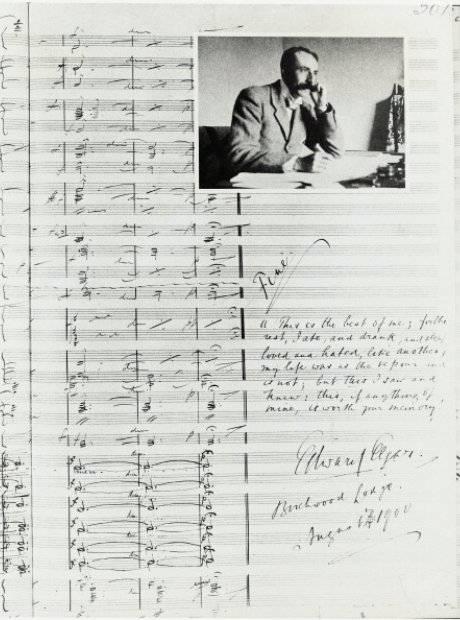
3. A man of letters
Elgar was particularly keen on sending letters to his nearest and dearest. Whether they were dewy-eyed love letters to his wife and other muses or simply humorous asides to colleagues, his collected correspondence has been the subject of much literary and musical scholarly discussion. He once wrote to August Jaeger (whom he called 'Nimrod', hence the title of one of his 'Enigma Variations') simply: "Dreary weather - Good music - Liver pills - Calomel - Income Tax - No Biking - New Boots - Bad golf - etc etc - Fill up the life of your despised E.E."
-

4. An early romance
While he was in Leipzig, Elgar visited his friend Helen Weaver, to whom he became engaged in 1883. It didn't last, though, and the engagement was called in the following year. He never divulged exactly why.
-

5. Knighted
Elgar was knighted by King Edward VII in 1904, finally achieving the kind of recognition his wife Alice was so keen that he should have.
-
-
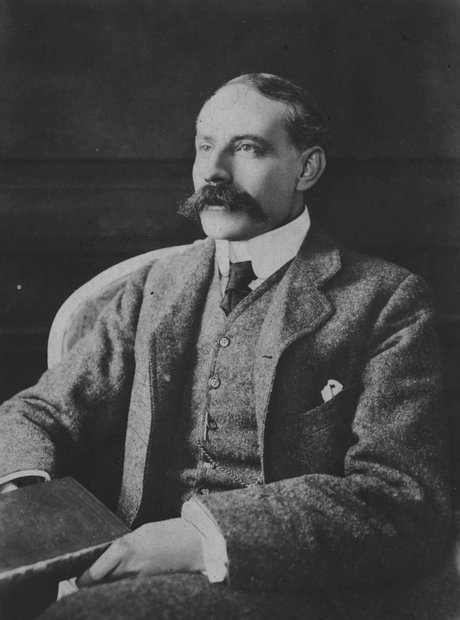
6. The Enigma Mystery
One of Elgar's most popular works, the 'Enigma' Variations from 1899, is also his most mysterious. Each of the fourteen variations has a cryptic subtitle that relates to a particular person (or animal) in Elgar's life, including his wife, his publisher, and various friends and students.
-
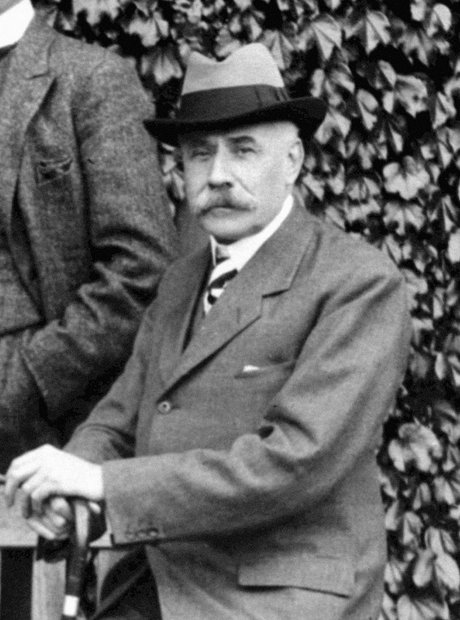
7. The love of his life?
Elgar met the woman that was to become his wife, Caroline Alice Roberts, in 1886. She was from good stock and very wealthy, and was to become a hugely dominant force behind Elgar's creativity. He dedicated several pieces to her, including Salut d'Amour, which he composed as an engagement present.
-
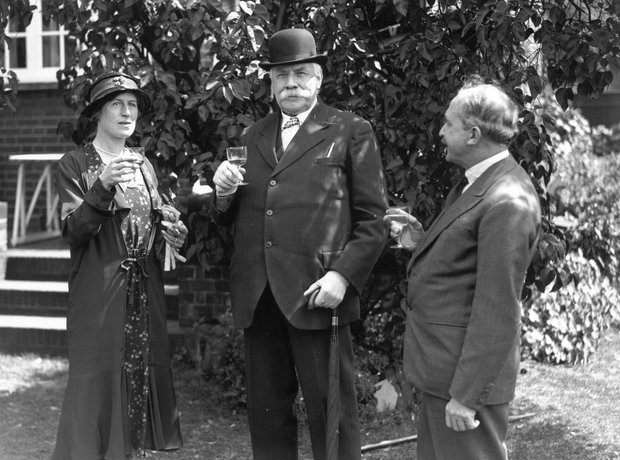
8. Football fan, ladies man?
Elgar was reported to have been a bit of a ladies man - and his motives for coming to see Wolves may not have been entirely related to football. The composer also had an eye for the Rector of Wolverhampton's daughter, Dora Penney.
-
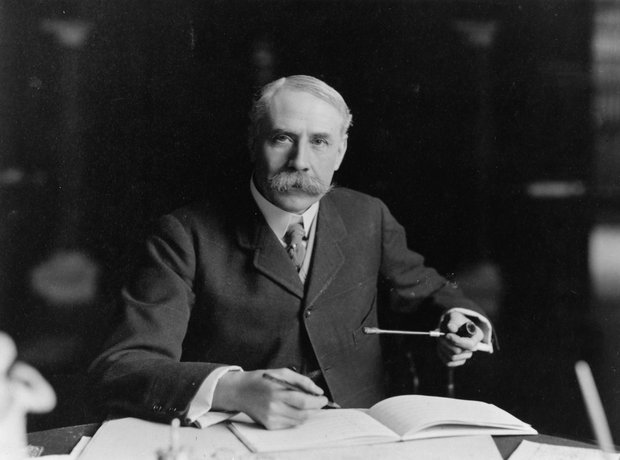
9. Elgar the inventor
As well as being behind some of the most beloved English music of all time, Sir Edward Elgar was also a keen amateur chemist. He would happily spend hours in his shed tinkering away at little experiments, but the culmination was most certainly his invention of the Elgar Sulphuretted Hydrogen Apparatus, which was a device for synthesising hydrogen sulphide that briefly went into production.
-

10. Dog-lover?
The eleventh variation in the 'Enigma' Variations supposedly depicts George Sinclair's (who at the time was organist at Hereford Cathedral) bulldog, Dan, after it fell into the River Wye.
-
-

11. £20 no longer
Until 2010, you could've expected to see Edward Elgar's moustachioed face adorning a standard £20 in the UK, but he's since been replaced by the Scottish philosopher Adam Smith.
-

12. Amazon trip
In 1923 Elgar made a little-documented trip to South America, where he embarked upon a cruise of the Amazon river. The event was fictionalised in James Hamilton-Patterson's novel 'Gerontius', which makes a rather fanciful fist of the whole episode.
-
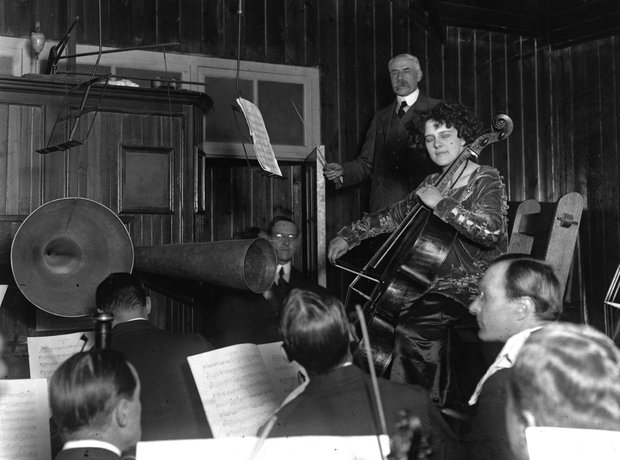
13. Cello Concerto
One of the masterpieces of the modern cello repertoire, it's funny to think that Elgar's cello concerto wasn't that widely performed until a certain Jacqueline Du Pré got hold of it in 1965. The premiere recording was made by Beatrice Harrison, with Elgar himself conducting in 1920.
-

14. Recording pioneer
Elgar was one of the first composers to fully embrace recorded music. He regularly teamed up with the bods at HMV to make premiere recordings of his works, including the 'Enigma' Variations, the Cello Concerto and Falstaff.
-
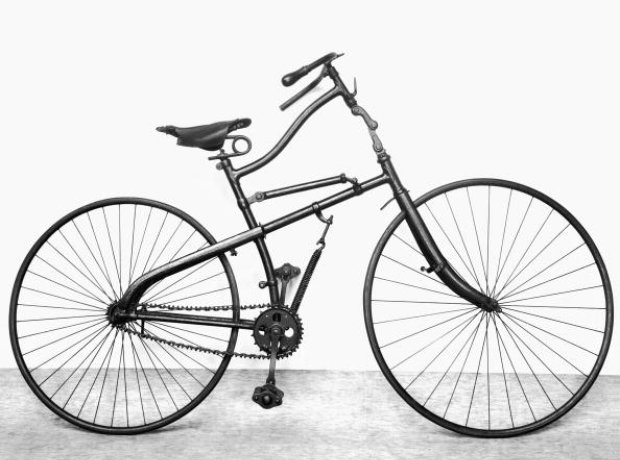
15. Keen cyclist
In 1900 Elgar took delivery of a brand new Royal Sunbeam bicycle, which he nicknamed 'Mr Phoebus'. He was apparently a very keen cyclist, except when it rained on his beloved Malvern hills, at which point he would often turn back and head for home.























